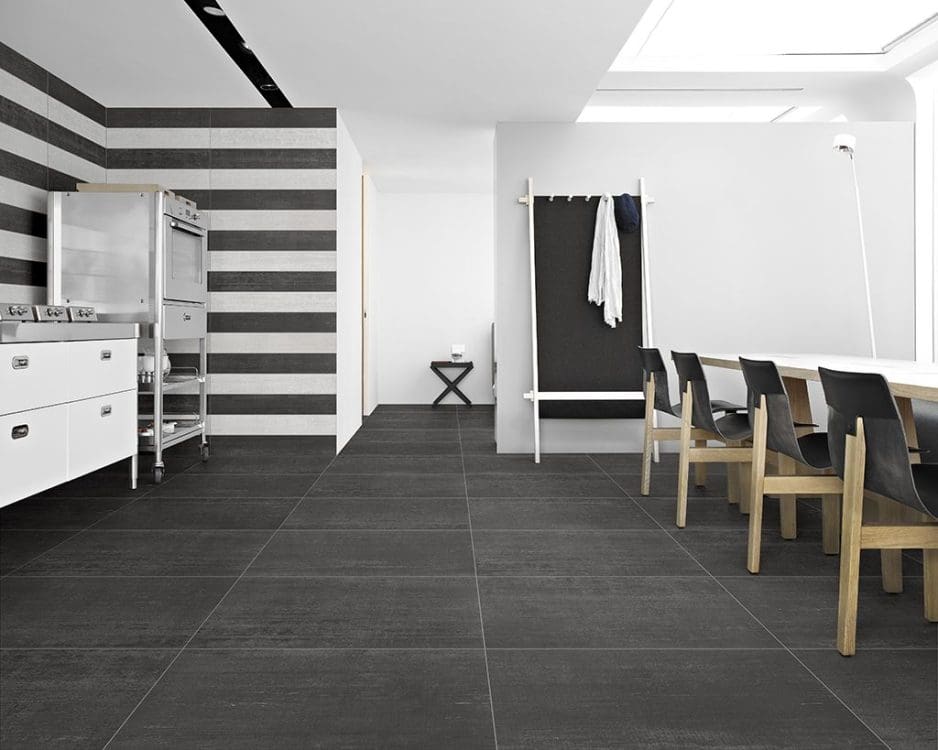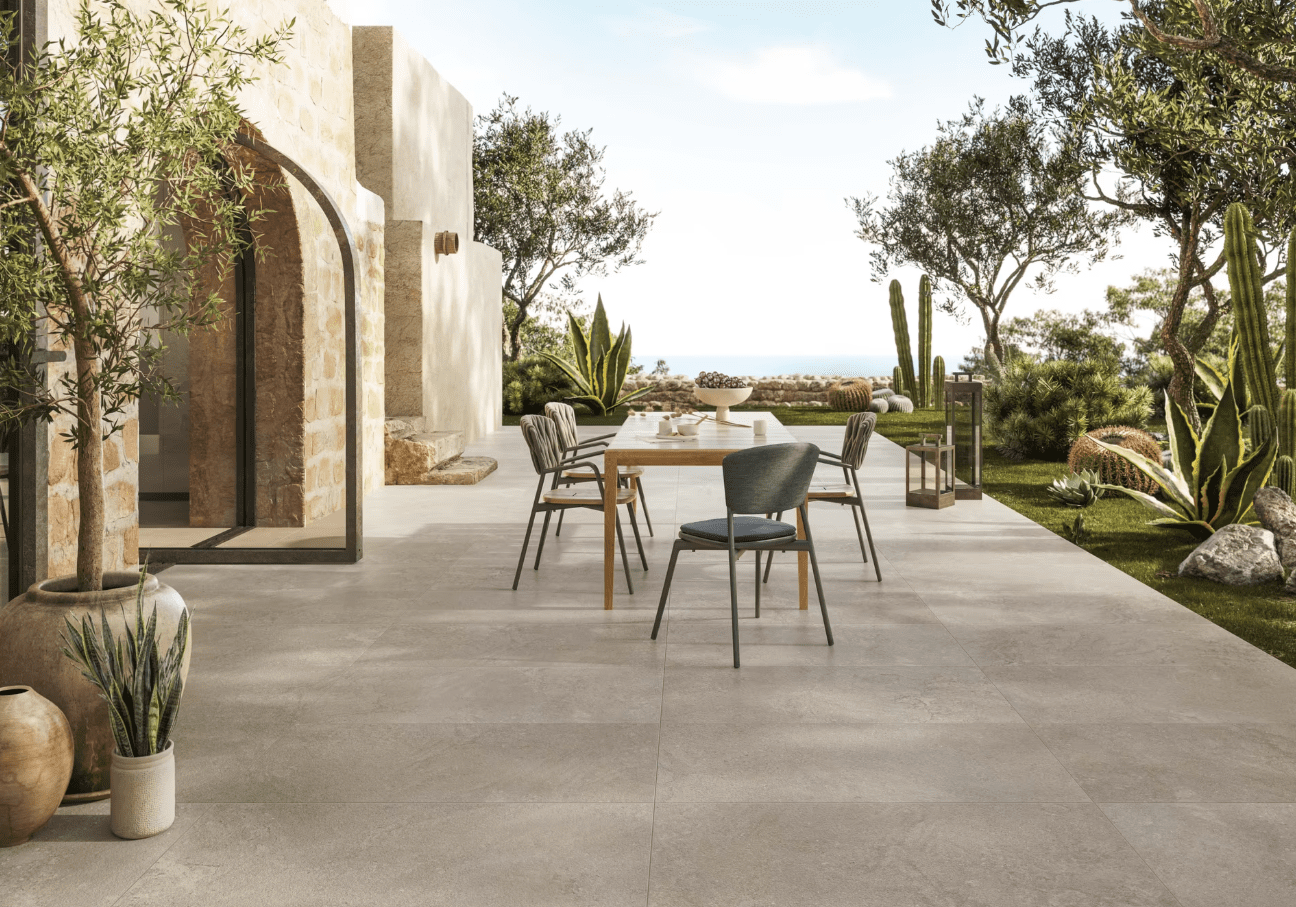Q: What exactly is Legnocemento, and why does it stand out in today’s tile landscape?
A: Legnocemento is a porcelain tile collection by Fioranese Ceramica that combines two historically opposing aesthetics: the grain of aged wood and the raw tactility of cement. This duality isn’t just visual—it shapes how the tile interacts with space. You get the warmth of wood without its fragility, and the industrial edge of concrete without its weight or porosity.
Q: Who should be considering Legnocemento for their projects?
A: This collection is ideal for architects and homeowners who lean toward modernist or minimalist interiors, but want to add emotional warmth without using traditional textures. It’s especially compelling for those designing spaces where contrast and subtle complexity are important—like boutique retail, creative studios, or quiet, gallery-like homes.
Q: What design styles pair well with Legnocemento?
A:
- Modern Brutalist: Match with dark steel, bare walls, and structured lighting.
- Warm Minimalist: Combine with soft textiles, raw-edge wood furniture, and neutral ceramics.
- Japandi or Nordic Industrial: Use Legnocemento as a base layer to balance out organic and structured elements.

Q: Does the tile work in both residential and commercial settings?
A: Absolutely. Thanks to its porcelain construction, Legnocemento is highly resistant to wear, making it suitable for high-traffic areas like hotel lobbies, restaurants, or contemporary office floors. For residential use, it brings cohesion across open-plan living rooms and kitchens, and even extends beautifully into outdoor patios when weather-resistance is a priority.
Q: What’s one unexpected way to use it?
A: Install it vertically as a feature wall or backsplash. The wood-cement hybrid texture adds architectural drama without overwhelming the space. It’s a bold move that works particularly well in muted, monochromatic color schemes.
Currently available at a discounted price during the Midyear Sale, Legnocemento is a smart pick for anyone seeking material innovation without sacrificing visual harmony. It’s not just a surface—it’s a design strategy.




